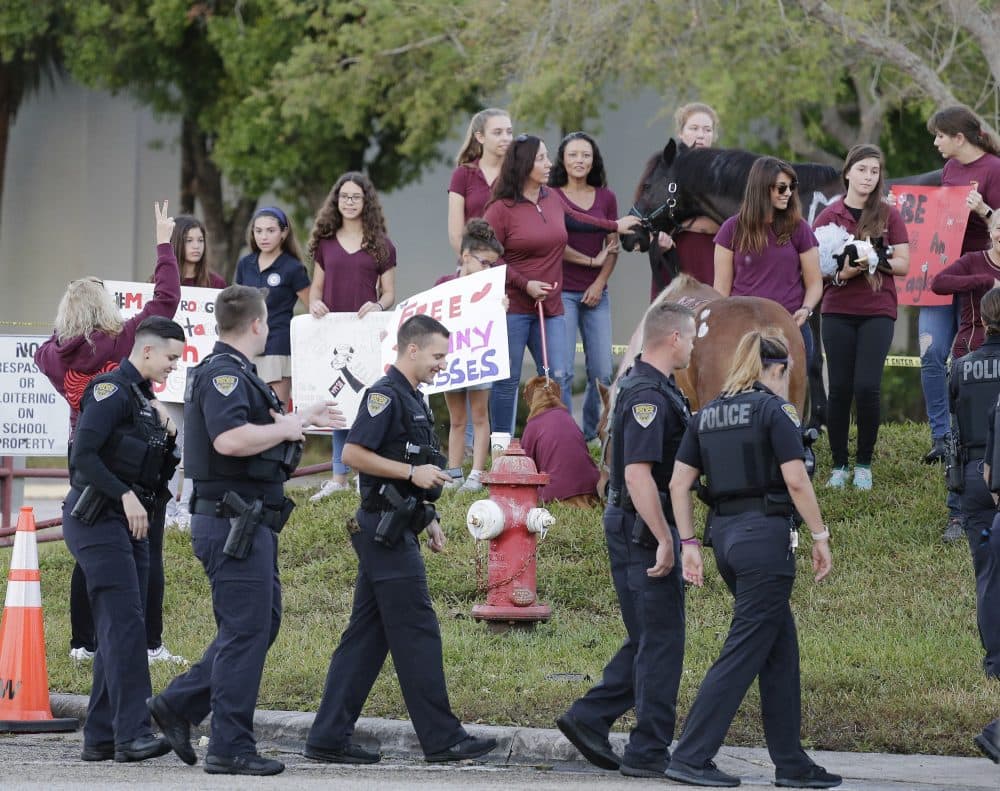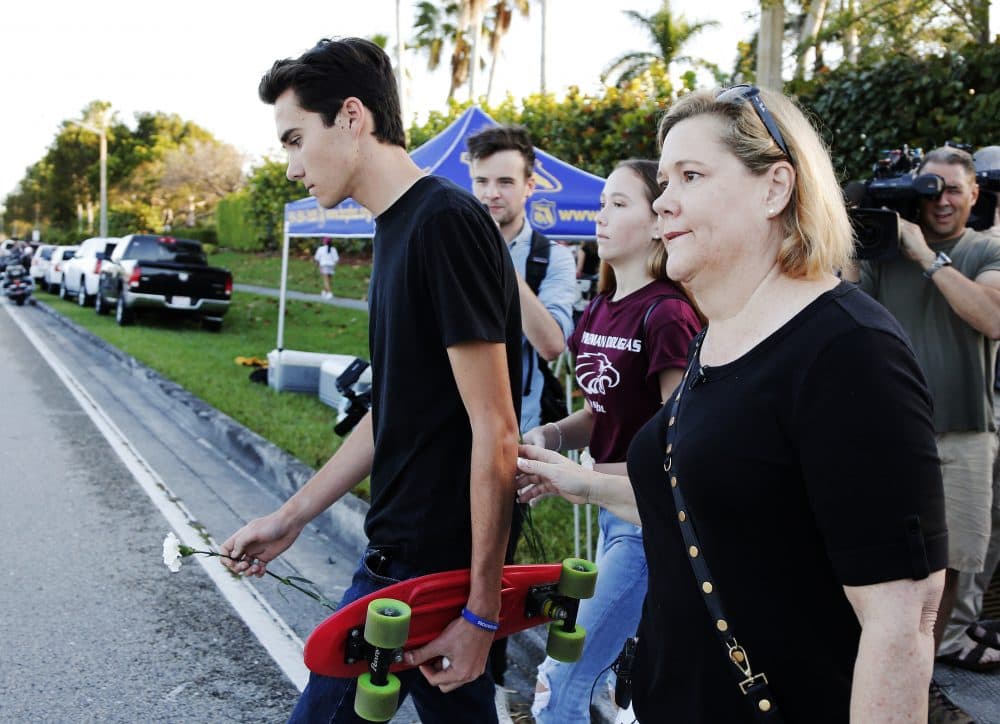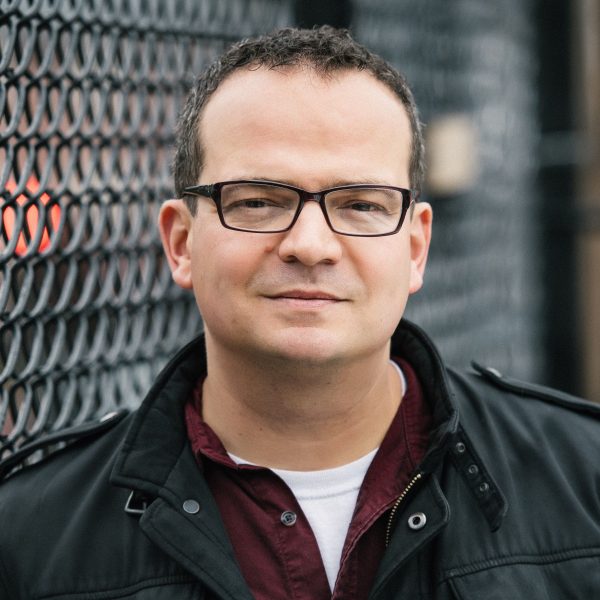Advertisement
commentary
What My Students Would Lose If I Carried A Gun

My walkie-talkie squawks: Admin support needed in Room 217. When I arrive, maybe it’s a young man who refuses to put away his cellphone or take off his hat or change his seat. The situation might have escalated to the point where he is shouting, but more likely he is withdrawn, head down on his desk.
Let’s say I enter the classroom quietly and lean in close to whisper, I need you to talk to me in the hall. Let’s say the kid is having a really bad day, and he refuses, mutters something hostile under his breath. Blood rushes to my face, and I stay calm, focus on my breathing. Time to make a decision: Do I give him a detention? Ignore the behavior? Radio school police? Over the decade I’ve spent as a teacher and administrator in urban schools, such charged moments have come up more times than I can count.
Now imagine how this situation might play out differently if I were carrying a gun.
The national conversations about school safety in the wake of the tragic events in Parkland, Florida, have particular implications for schools that serve primarily low-income students of color, such as the public school in Dorchester where I work as director of instruction. The president's idea that the best way to keep kids safe is to arm educators with concealed guns would do particular damage in urban schools. In a country where black residents are 3.6 times more likely than whites to be victims of use of force by police, it is possible that students would die if firearms are introduced to this context.
At the very least, arming teachers would irreparably harm the fragile trust at the core of our work.

School shootings are carried out almost exclusively by white males in suburban districts. Perhaps this is because so many students in urban schools have already suffered the devastating impact of gun violence in their families and communities. They have emotional scars, they are smart as hell and they see the hypocrisy all around them. The day after the Parkland shooting, a young man at my school approached me in the hall. “How come nobody talks about guns until white people get killed? How come a white kid kills 17 and they bring him in alive but a black kid wears a hoodie and they shoot to kill?”
To many urban students, school already feels like an extension of a hostile state. They see themselves treated like criminals as they enter through metal detectors watched over by uniformed police officers. As educators, our work to counter this narrative, from the curriculum we implement to our hiring practices to the way we respond to every call for admin support over the walkie-talkie. The addition of guns would undermine these efforts, cementing the perception that we are agents of an occupying army.
Over the years, I have come to understand what keeps a school safe is not a list of rules backed up by threats but a network of relationships built on trust. The truth is, when I enter a classroom to talk to this upset student, there is no reason he needs to listen to a word I say. As a white educator, I understand that I have to put in the work to earn his trust. I must get to know him and his family and his community. If I earn his trust, then even on the worst of days, when I enter the classroom and lean in to whisper, he just might hear me. If he trusts me, he will pick his head off his desk and come out into the hall, and then we can have a conversation, one human being to another. No need for guns, no need for armor.
